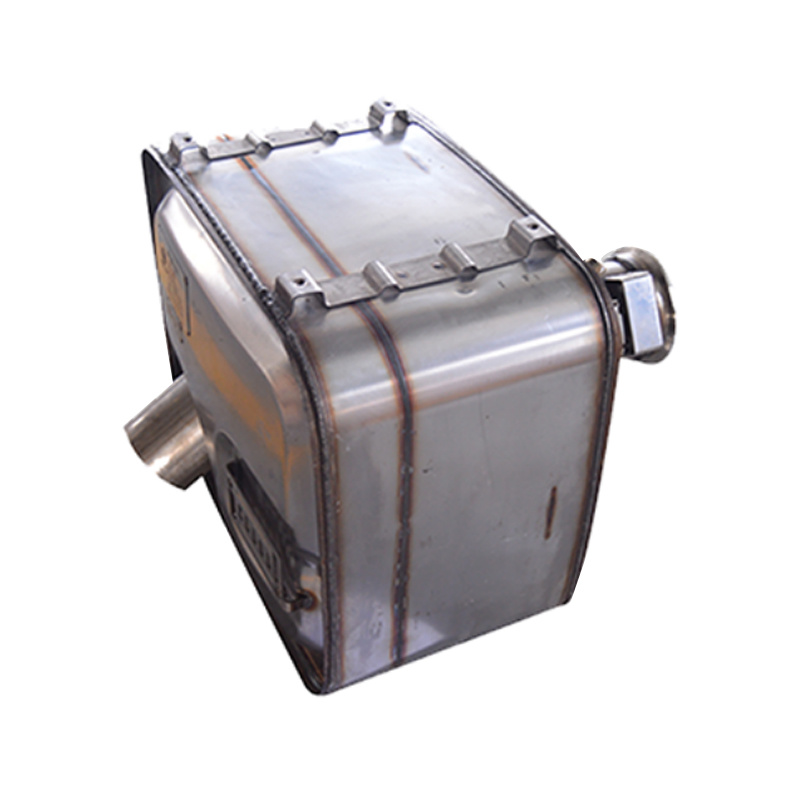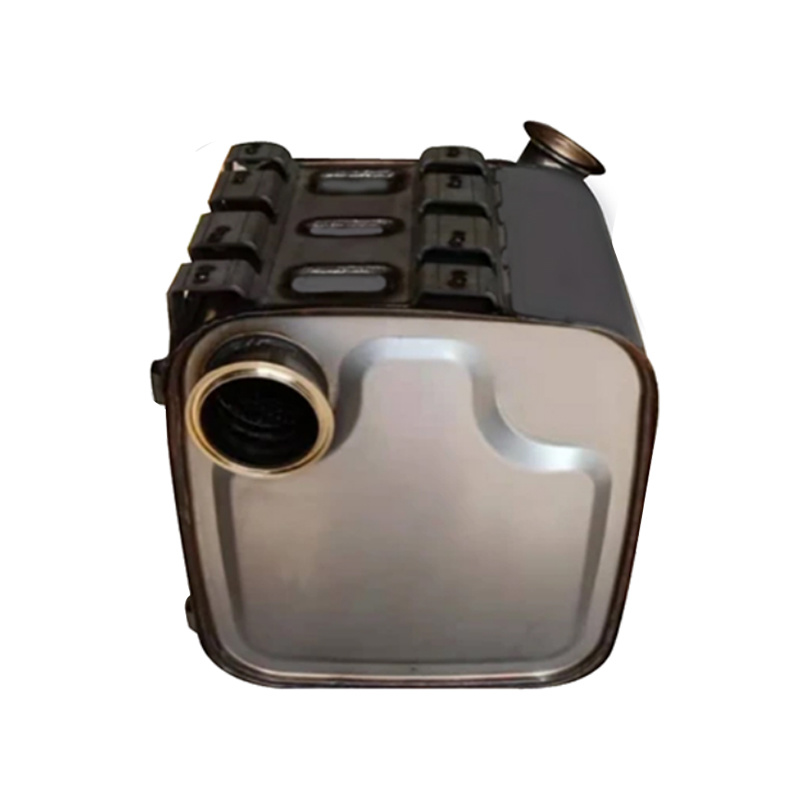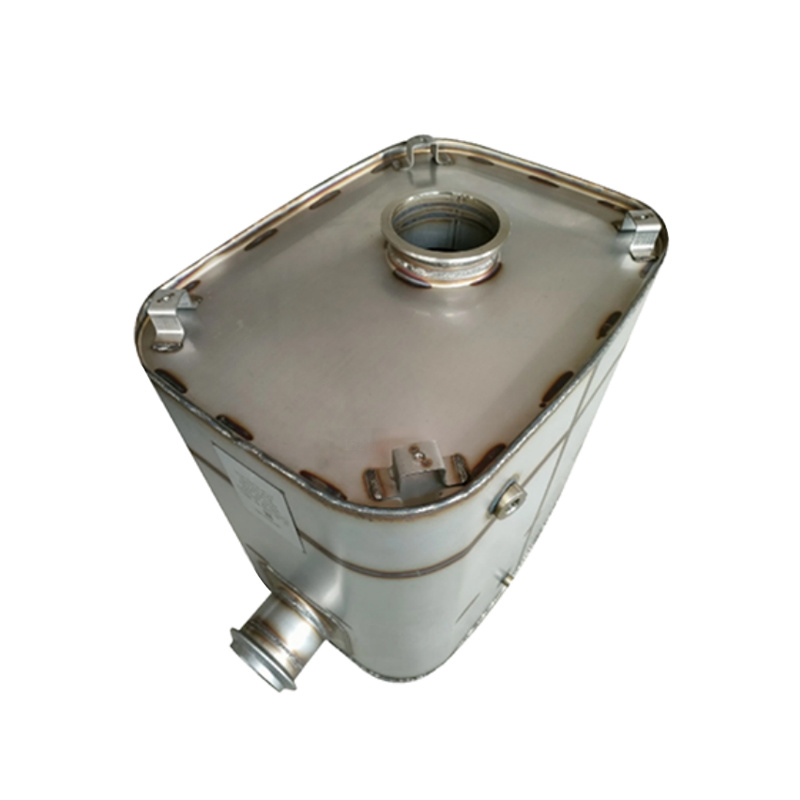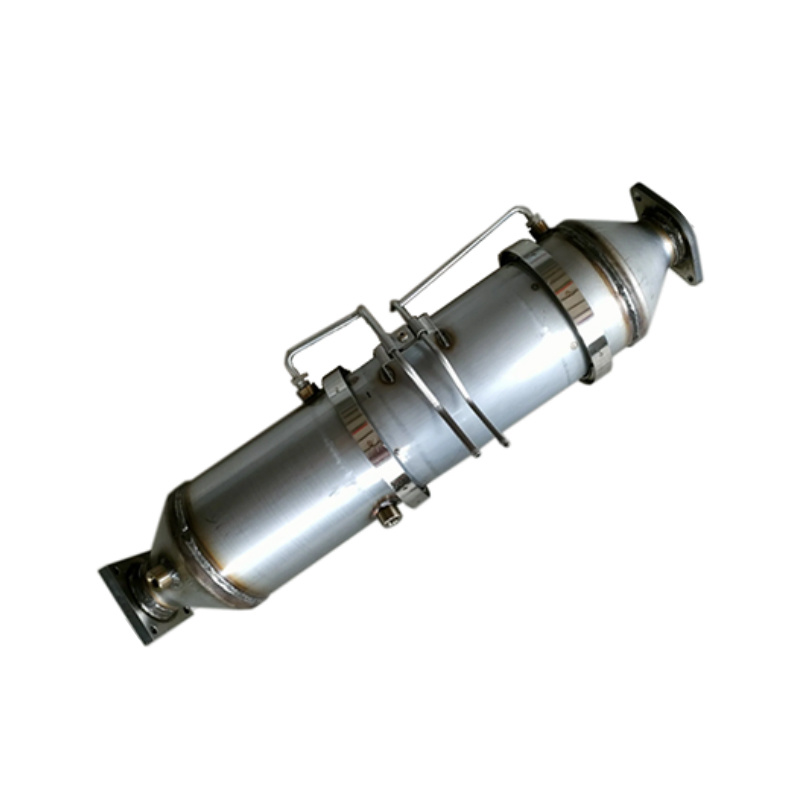
Catalytic converters are crucial components in the exhaust systems of vehicles and other equipment, primarily serving two major functions:
--Exhaust Purification: Catalytic converters contain catalysts that facilitate chemical reactions in exhaust gases as they pass through. For example, a common three-way catalytic converter uses oxidation and reduction to transform harmful gases such as carbon monoxide (CO), hydrocarbons (HC), and nitrogen oxides (NOx) into harmless carbon dioxide (CO2), water (H2O), and nitrogen (N2). In selective catalytic reduction (SCR) systems, the catalytic converter, with the aid of a catalyst, enables the reductant ammonia (NH3) to reduce NO and NO2 to N2 at 290-400℃, thereby reducing nitrogen oxide emissions. Some catalytic converters also have an ammonia catalyst to prevent ammonia leakage, allowing ammonia to react with oxygen to produce nitrogen and water.
--Noise Reduction: Through a series of internal structures such as baffles, chambers, holes, and pipes, and by utilizing physical principles such as altering airflow paths, throttling expansion, dispersion, and impedance, sound energy is gradually weakened. This isolates and attenuates the pulsating pressure generated each time the exhaust valve opens, reducing exhaust noise from engine operation and minimizing noise pollution to the environment and people's lives.
Key Words










